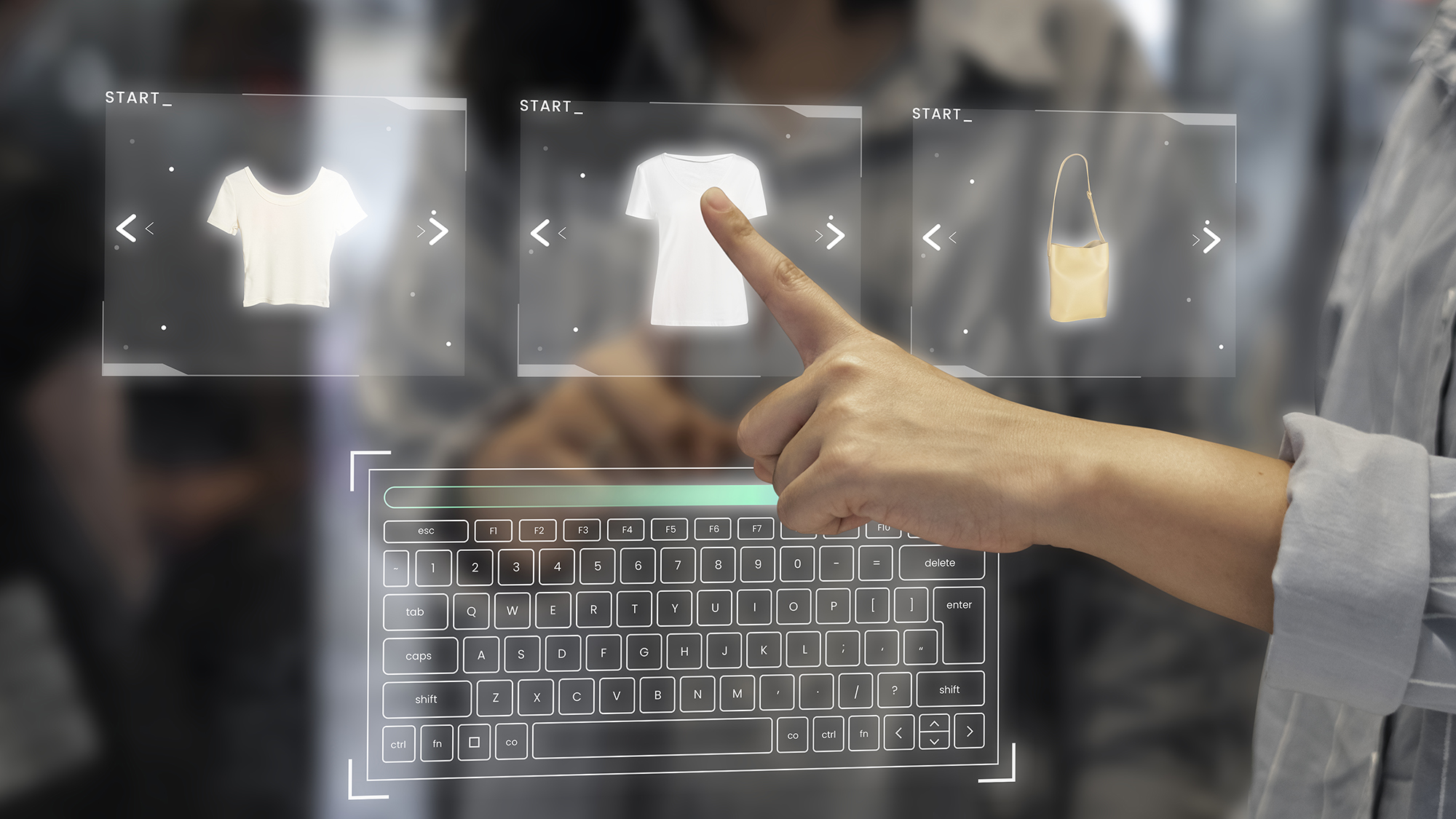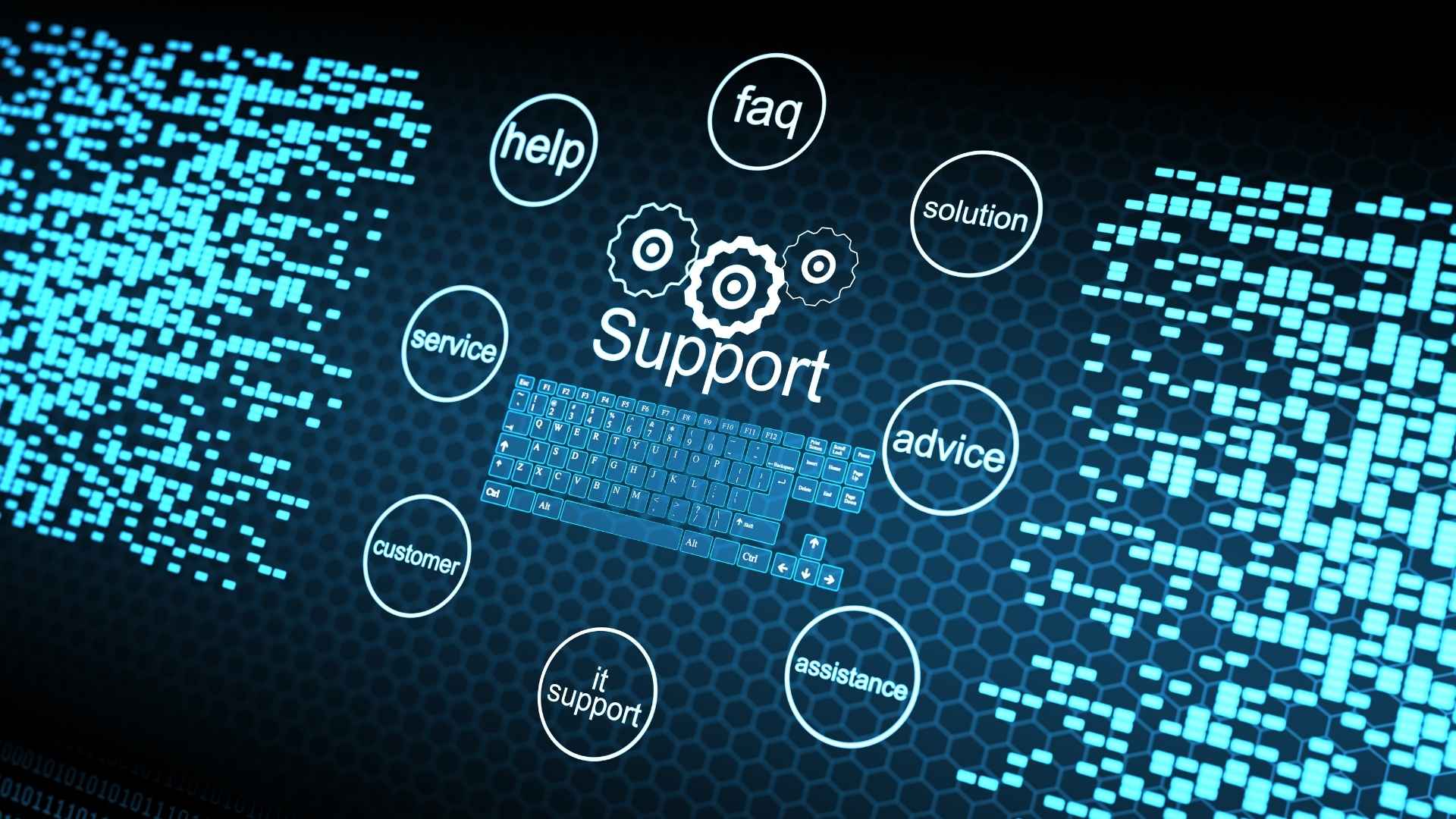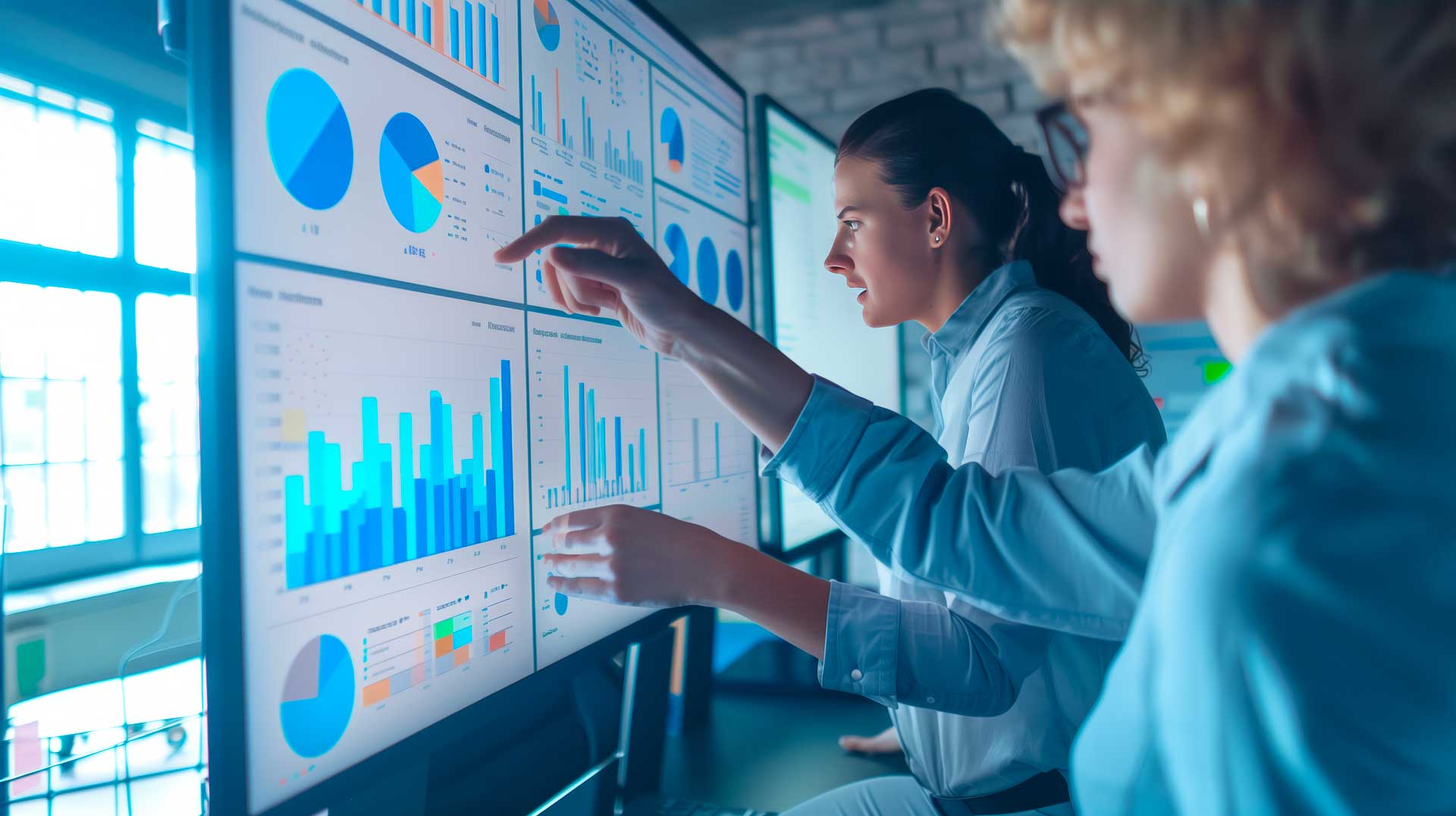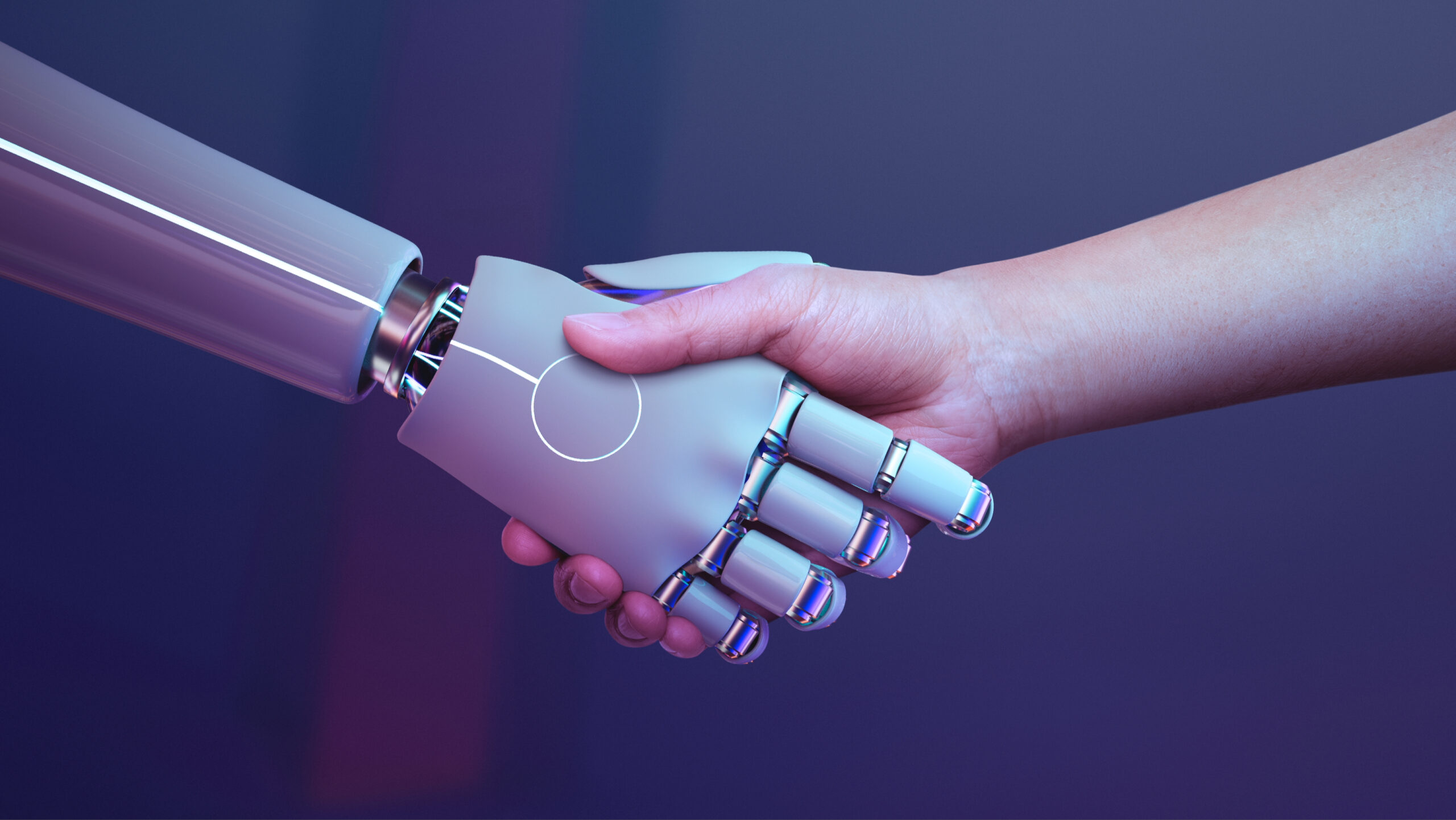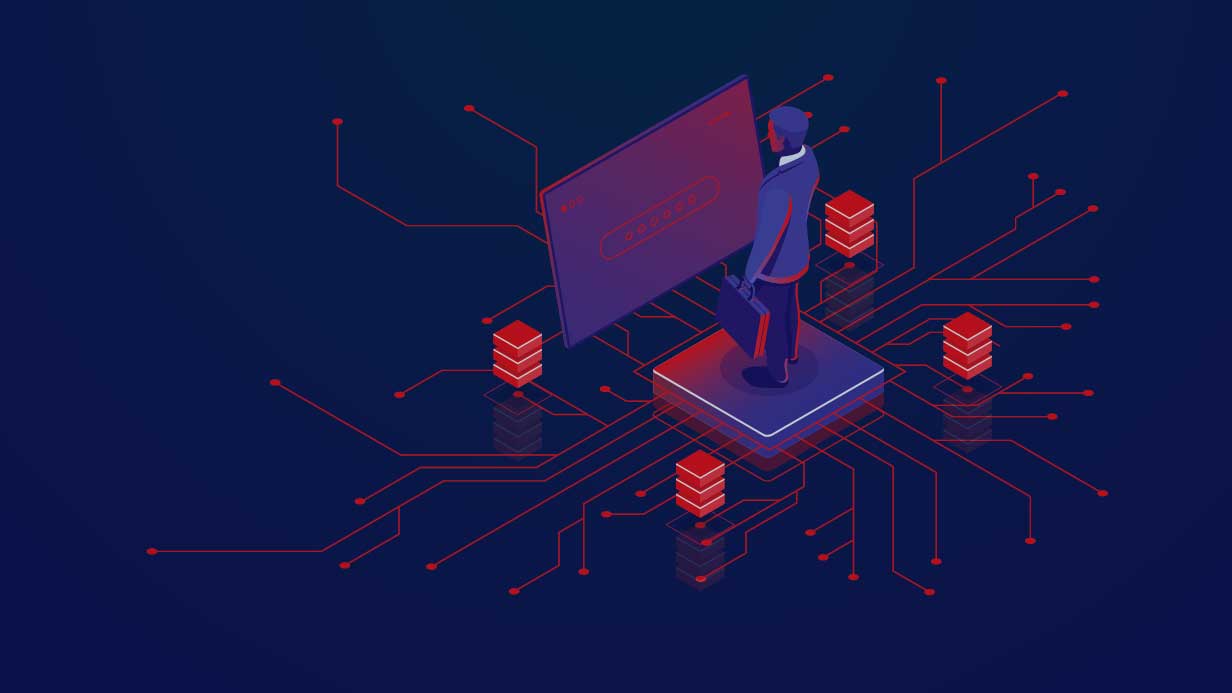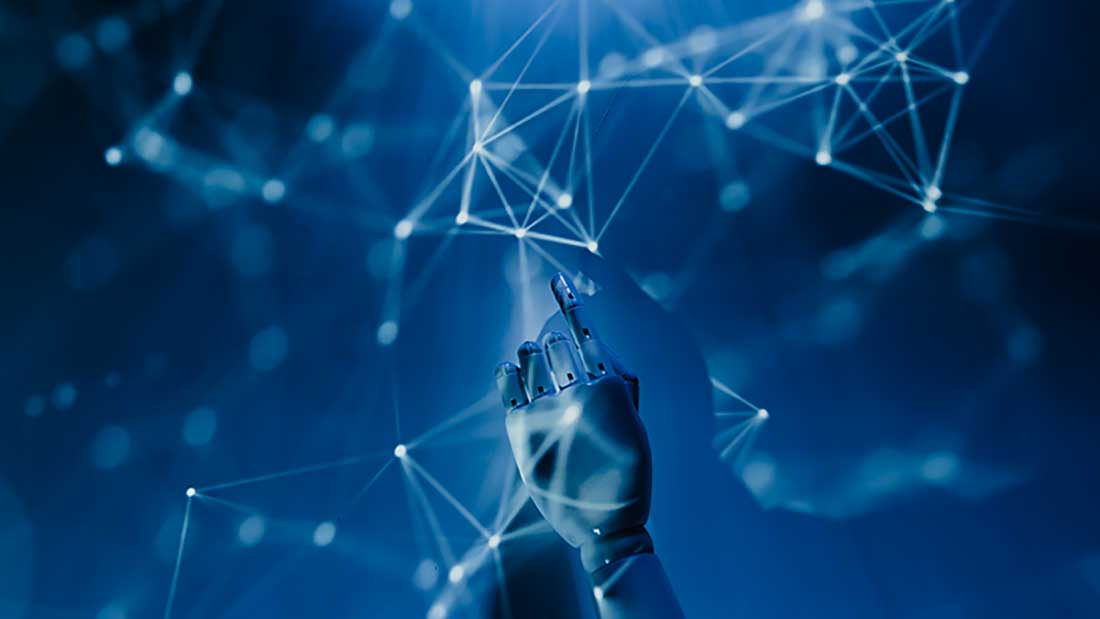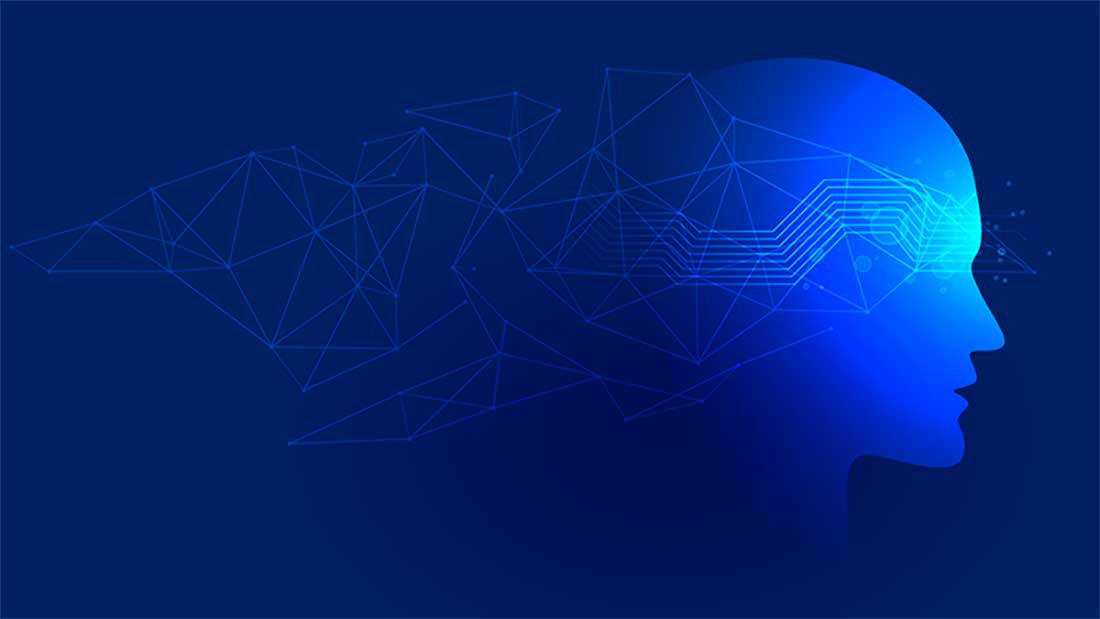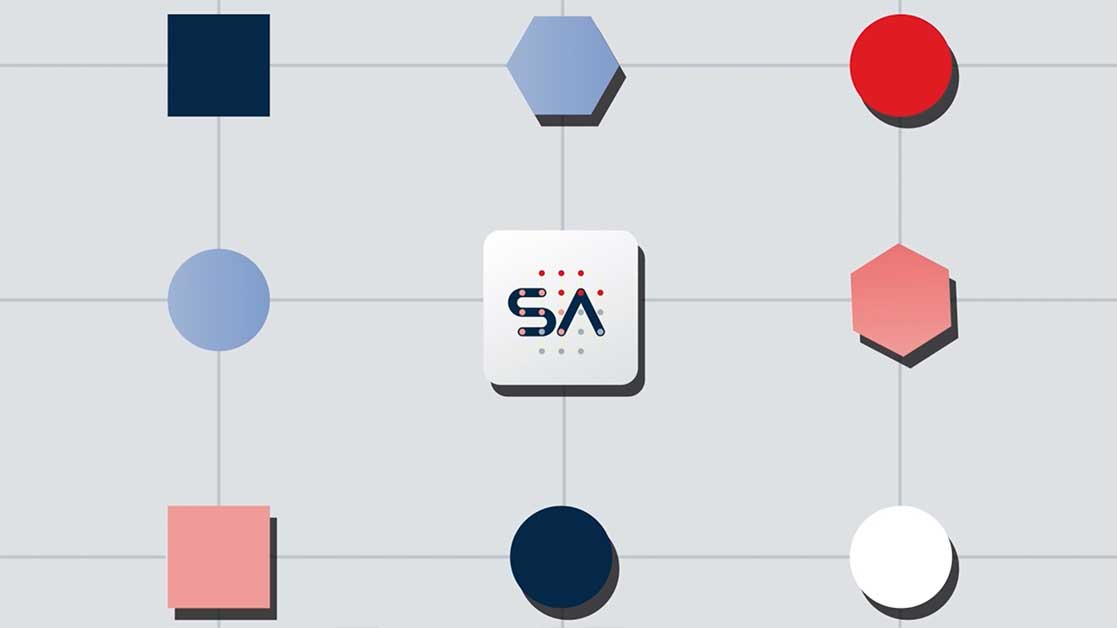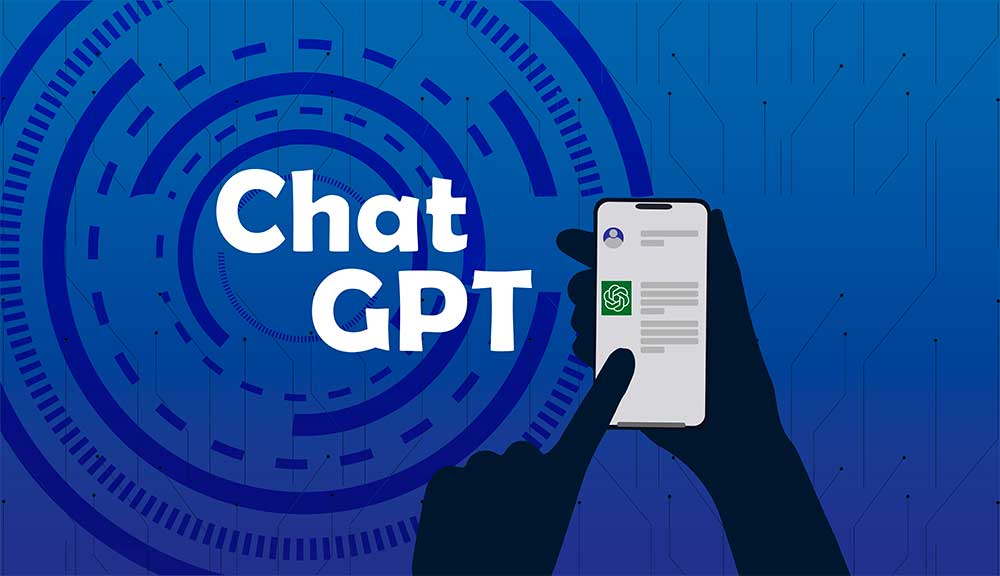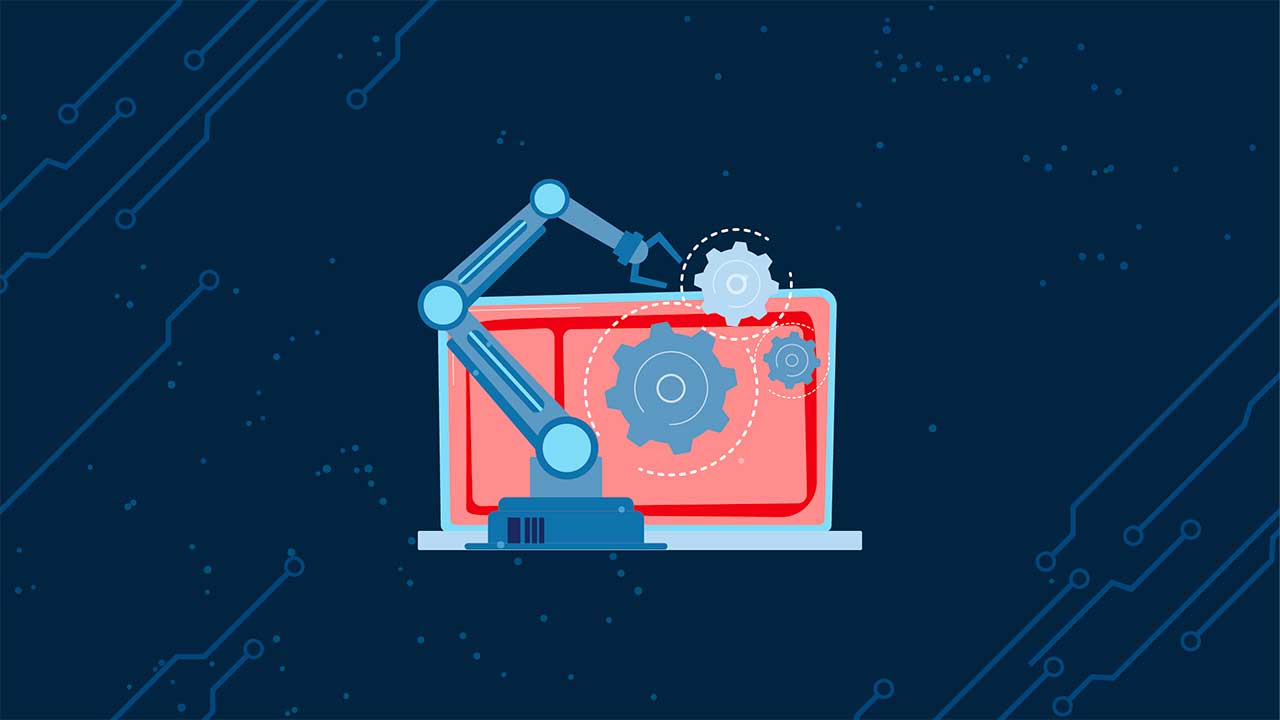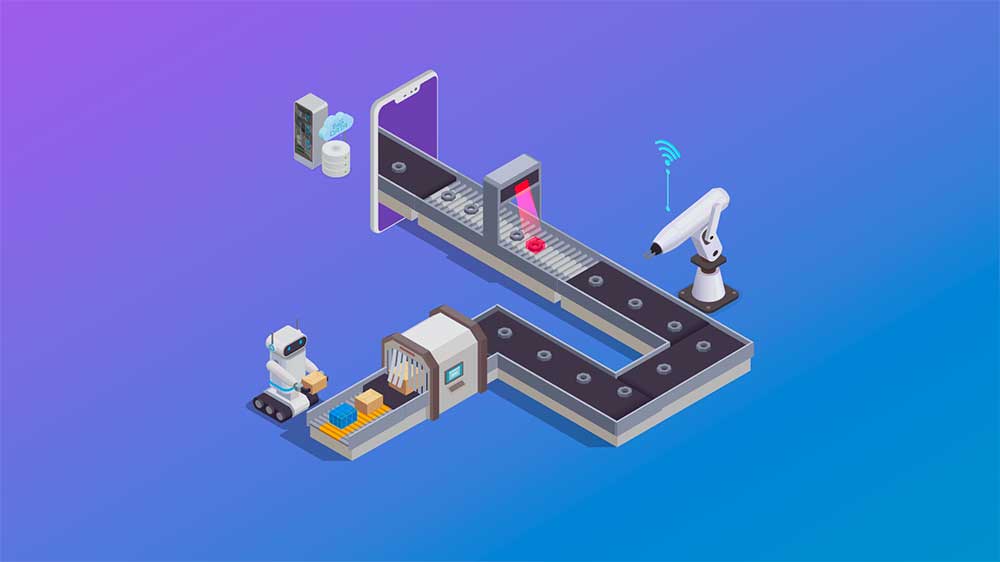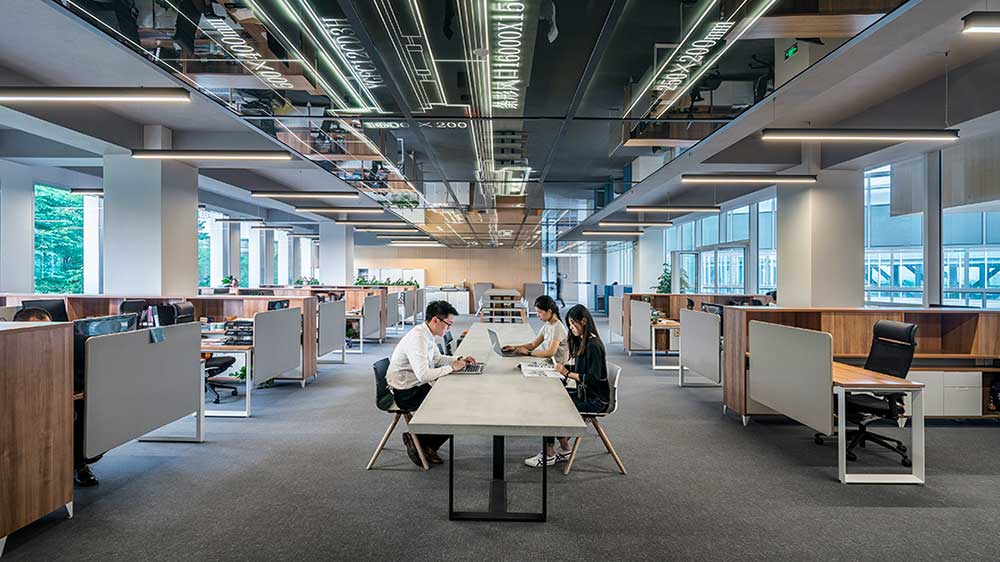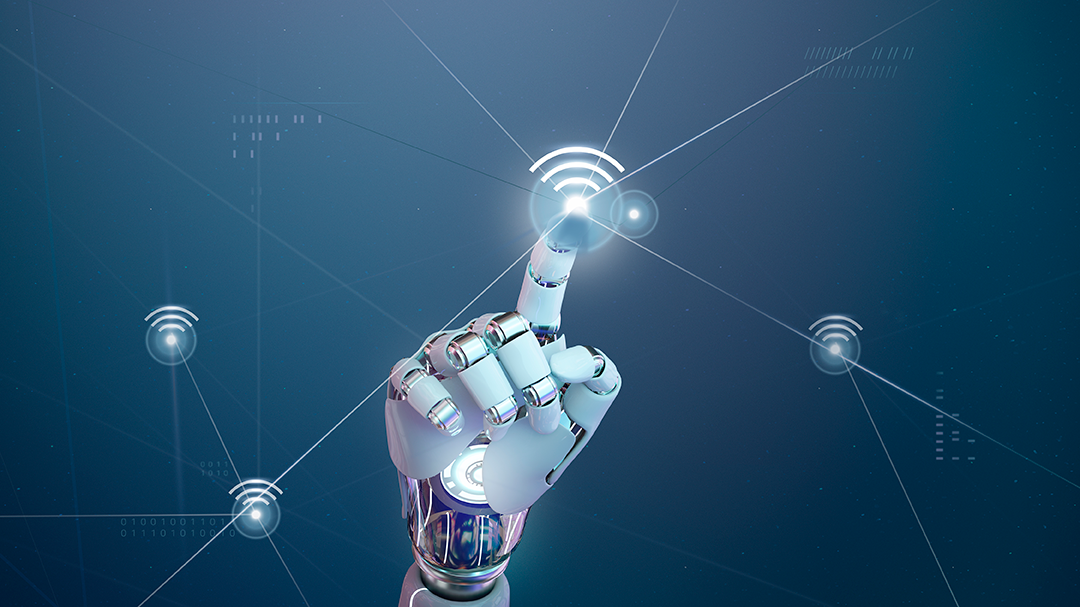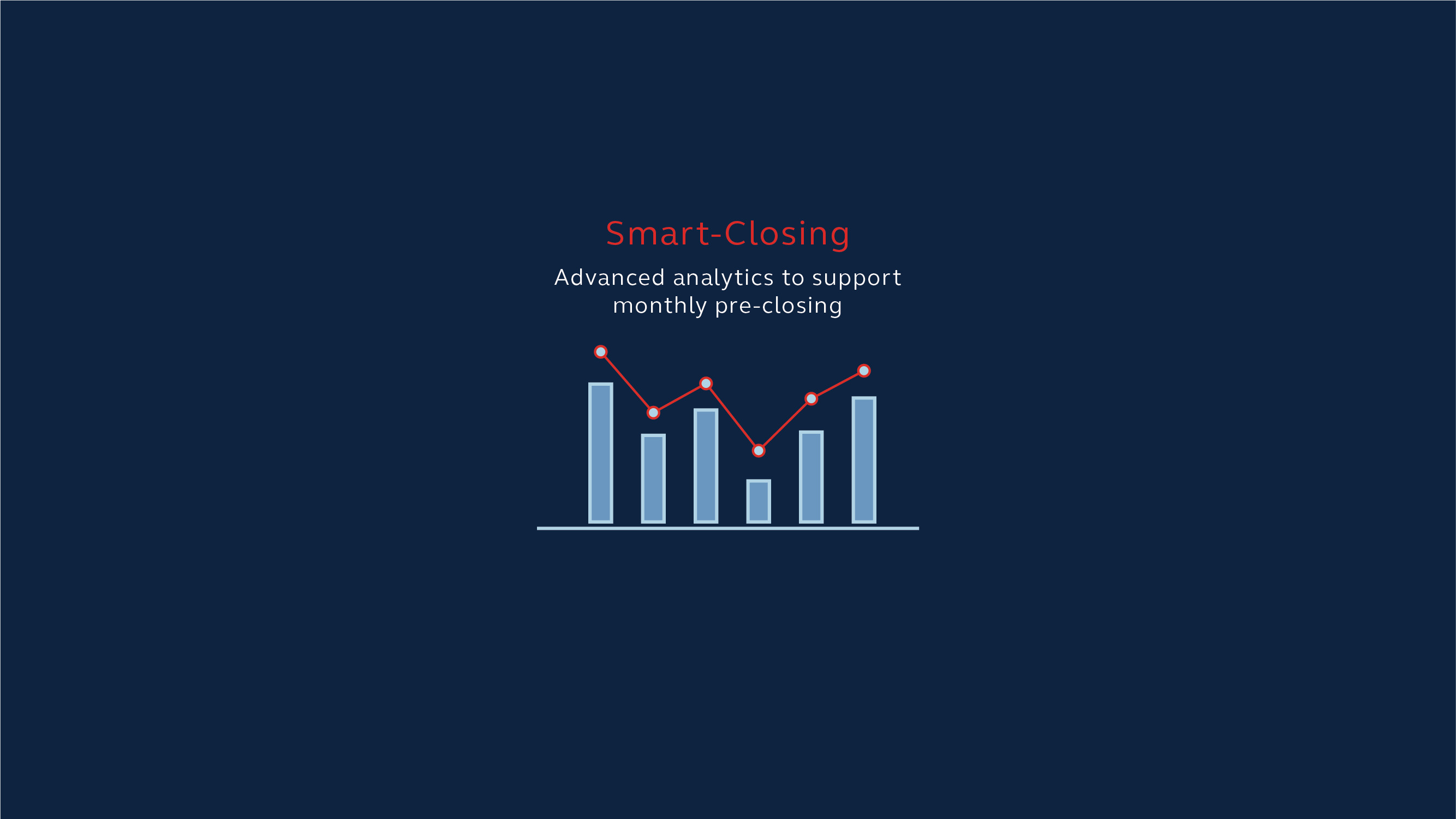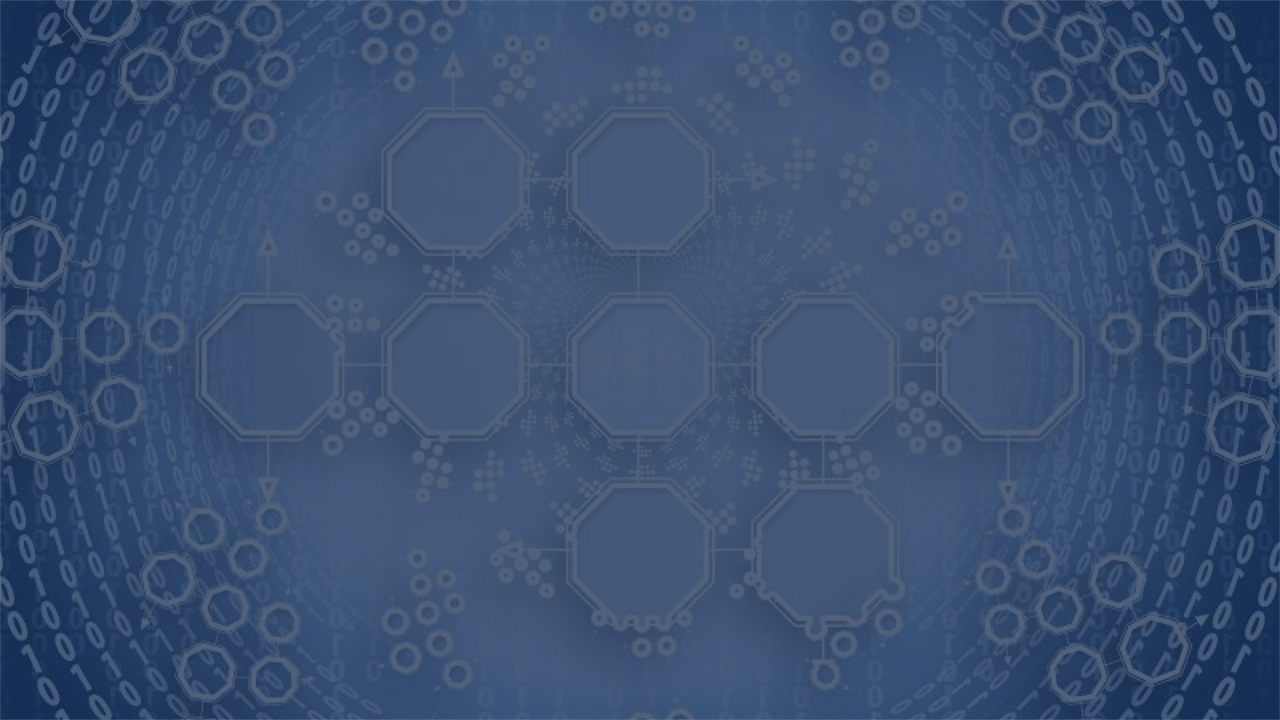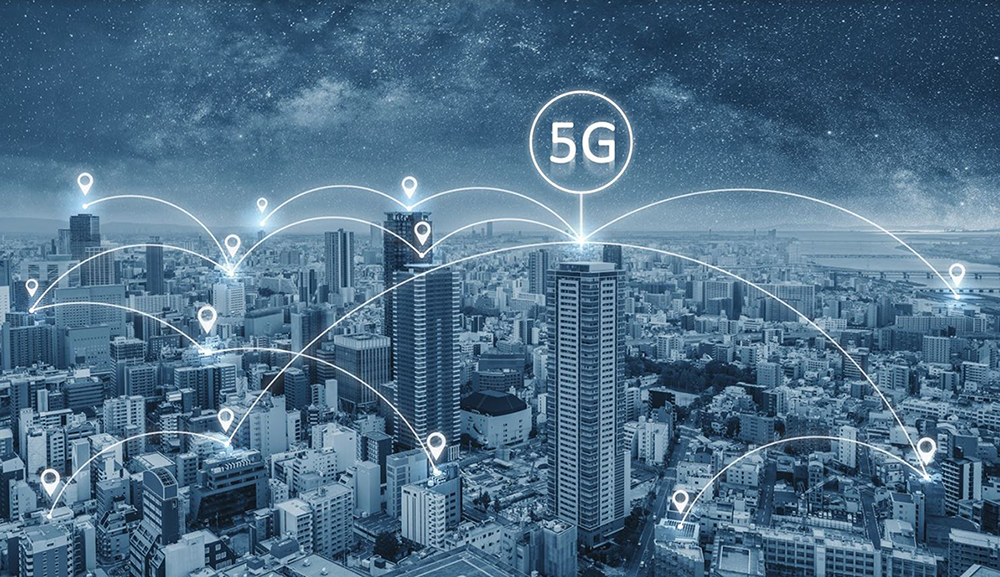AUTHORS

Ciro Lista
Expert Data Scientist
@Bip xTech

Leonardo Mechilli
Data Scientist
@Bip xTech

Biko Catalano
Data Scientist
@Bip xTech
EXECUTIVE SUMMARY
In these unprecedented times, one of the biggest challenges that organizations are facing is the development and communication of their workspace strategy. As a matter of fact, as enterprises grow in size, a strategy that can effectively balance people and organizational needs in a covid-secure environment becomes increasingly harder to formulate.
The challenge here begins with the copious number of variables to keep in consideration when planning people’s imminent return to the office. Stakeholders can have very different needs, such as flexibility, pastoral care, sustainability, safety and costs, and this requires much more effort than just a desk re-shuffling and social distancing.
To meet this challenge, Bip proposes an innovative approach to guide companies in identifying the most effective and suitable workplace model for their needs, all using a data-driven approach and next-gen AI-based cognitive technologies.
A data-driven approach to facilitate return to workplaces
The last eighteen months have taught us that the hybrid working model is here to stay. A very small percentage of businesses have decided to become fully remote and, on the flip side, another small fraction is requiring physical presence of the employee at the workplace, but besides that, hybrid is becoming the new “normal” day by day.
The use of Advanced Analytics allows stakeholders to simulate how different workplace strategies can impact the business and then help them cherry pick the most suitable one, which can lead to many key benefits in the long run, such as a better risk management, better sustainability, a more inclusive workspace, and an overall better environment, which translates in a more appealing organization for present and future employees.

To overcome the limits of traditional (human-made) resource allocation practices, data-driven companies can leverage data and machine learning (ML) solutions to optimize and automate the entire process. The innovative idea proposed and developed by Bip consists of a software solution which aims to optimize employees’ allocation into the company workplaces by minimizing the dispersion of Business Units belonging to the same department within both building and floors, while taking into account floor plans, such as open spaces and walls.
The proposed solution’s workflow can be divided into four essential steps:
- The acquisition of the building’s detailed blueprints and the resources registry, which will be used to distinguish employees using their current role within the company. The data ingestion can involve many different data sources, spacing from company’s internal APIs to completely external sources.
- The transformation of the blueprints into usable data. This task is possible through computer vision techniques which allow the conversion of floor plans into numerical matrices. The most important factor to highlight in this step is that the Bip framework is also able to recognize walls and other obstacles, which is key when computing distances between one desk to another. In fact, what appears to be very close “as the crow flies” (classic Euclidean distance) might be far away when walls are added to the equation.
- This step is where the computation of distances happens. To do so, Bip leverages graph theory by transforming the given matrices into graphs used to retrieve useful spatial information and compute distances between each desk. The information gathered in this step is then used to create clusters of desks, which are going to be useful when the resource allocation occurs.
- The data “mined” during the previous steps is then used to assign to each employee his own desk, all while keeping in consideration the resources registry, thus trying to minimize heterogeneity within the same desk clusters.

With the delivery of this use case, Bip not only allows the final user to completely automate the resources allocation process but is also opening the door to many potential monitoring initiatives. For example, the company will be able to: conduct “What-if” analysis on how different allocations are impacting the overall business performance; monitor workplace safety; monitor the company CO2 emissions over time, etc. Furthermore, the solution can be integrated with an ML-based recommendation system, which, based on different parameters, can suggest who, on a given day, should and should not physically go to his/her respective workplace.

Success Story
Bip’s allocation framework is currently being adopted by a major Telco company to facilitate return to work in a post-covid scenario. Furthermore, besides the solution presented in this article, Bip already deployed an addon which mapped company employees to the nearest office location and with their associated teams while minimizing commutes and maximizing in-person collaboration.
By using the technology, the company registered a substantial improvement in employees’ work-life balance and in their overall performance, which are being monitored over time by a BI reporting solution.

Why Bip
Bip’s xTech practice is one of the largest professional European AI communities, delivering hundreds of data projects per year, with a focus on “operable AI”, delivering end-to-end AI use cases in production for daily use.
Our Experts guarantee that AI is responding to business needs and is usable by non-technical users, easily monitorable and offers a clear return on investment.
If you are interested in learning more about our offer or would like to have a conversation with one of our experts, please send an email to [email protected] with “Return to Workplace” as subject, and you will be contacted promptly.













